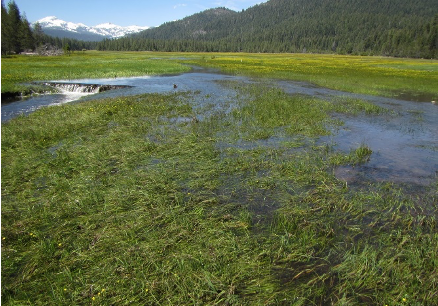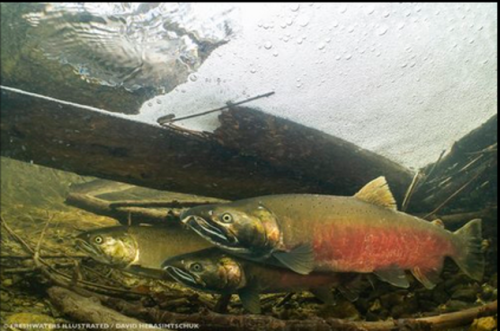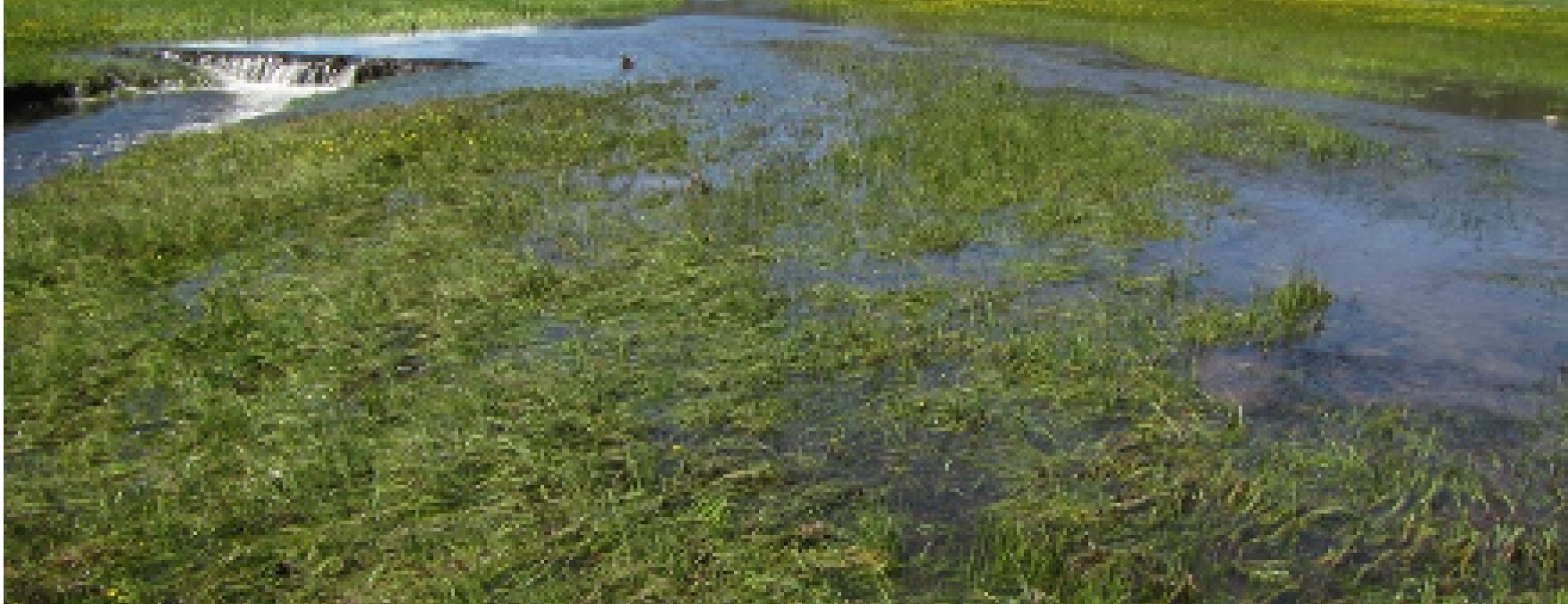An assessment of headwater restoration on instream habitat and hydrologic conditions to support drought resiliency for native coldwater fish

Beaver Dam Analogues (BDAs) and Post-assisted log structures (PALs) are widely used restoration techniques
in degraded freshwater ecosystems. BDAs and PALs are man-made instream wood structures that mimic natural structures built by beavers. Beavers are ecosystem engineers, and by copying their dam structure, some of the hydrological and ecological benefits can be attained. However, very few studies have carried out post- restoration monitoring.
The Headwaters project will look at the role that BDAs and PALs play in increasing drought resilience in freshwater ecosystems in California and seek to fill in the knowledge gaps specifically with regard to post-restoration monitoring. We will assess the man-made instream structures by examining their effects on flow patterns, temperature, habitat complexity, and biological response across years.
This project will be carried out across multiple sites in California. However, the two main study locations are Child’s Meadow and the Scott River due to the unique long-term post restoration data at both sites.
The project will extend through spring of 2026.


